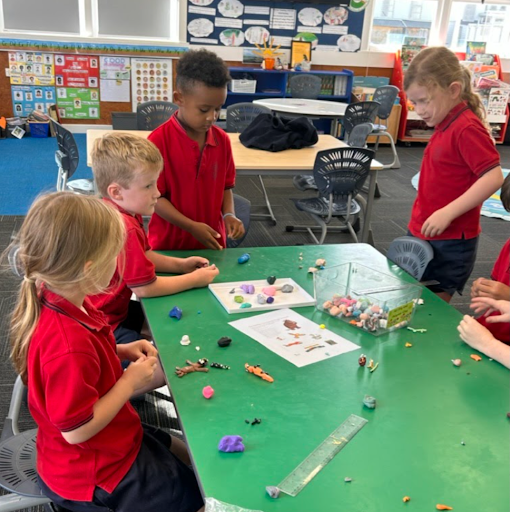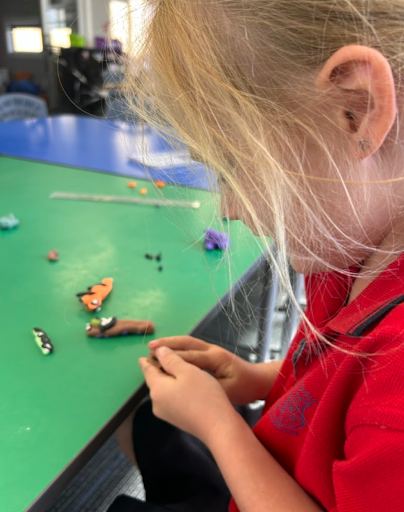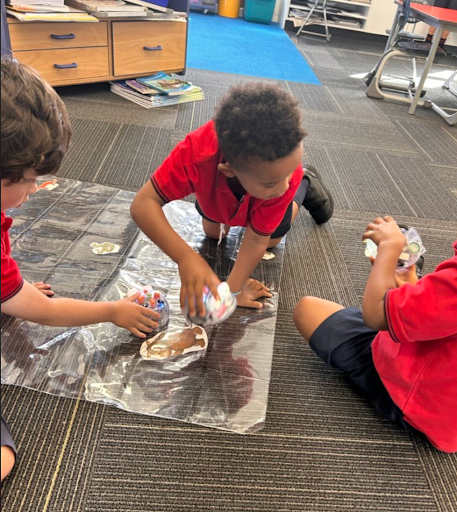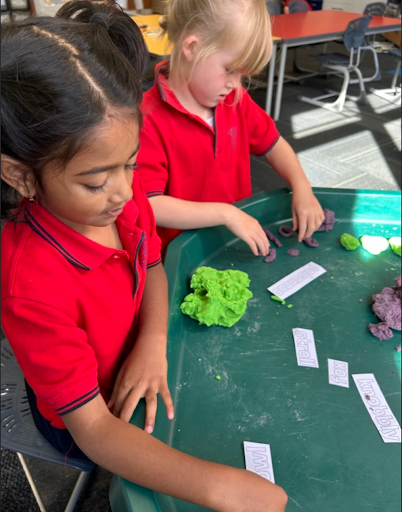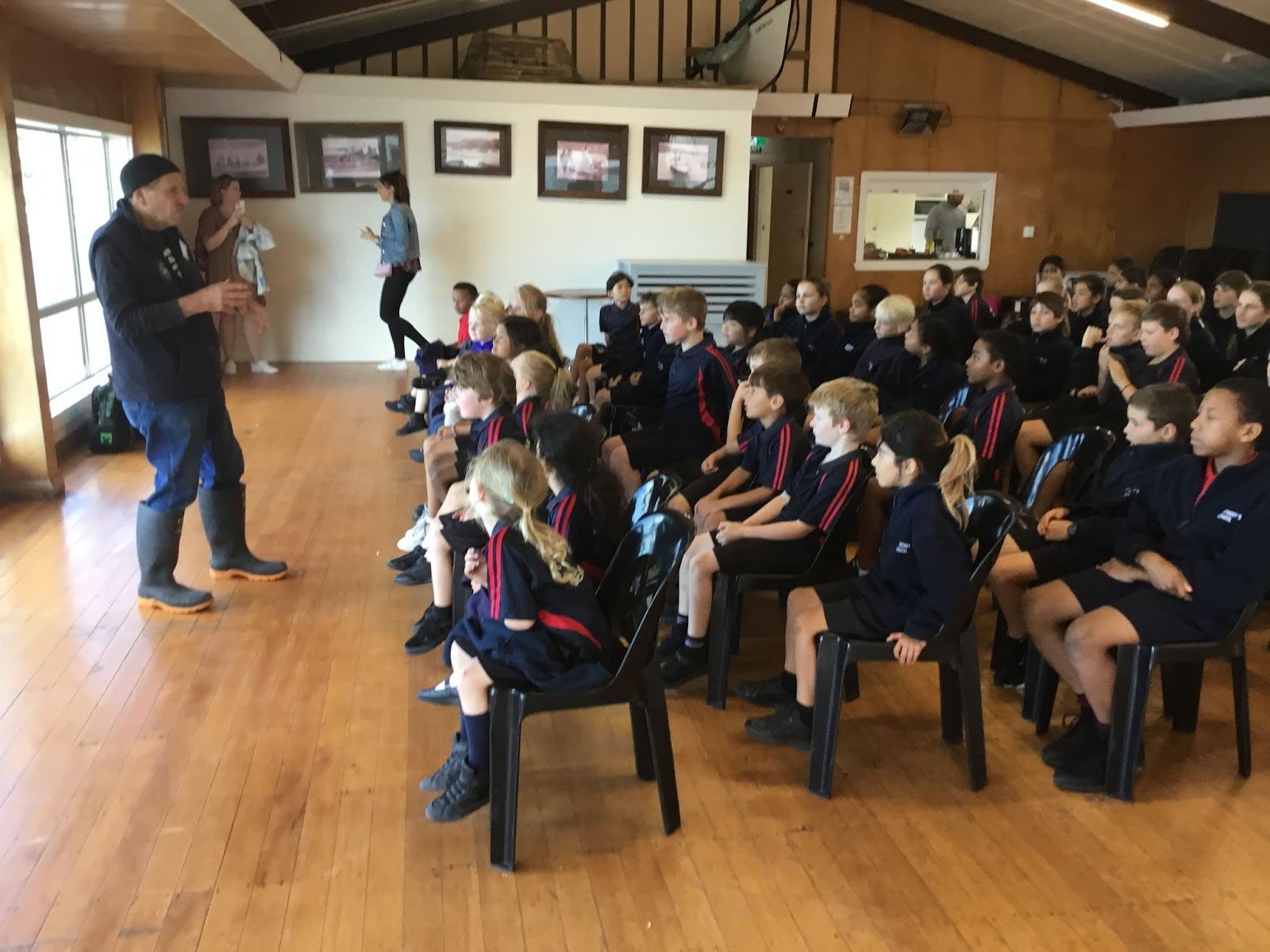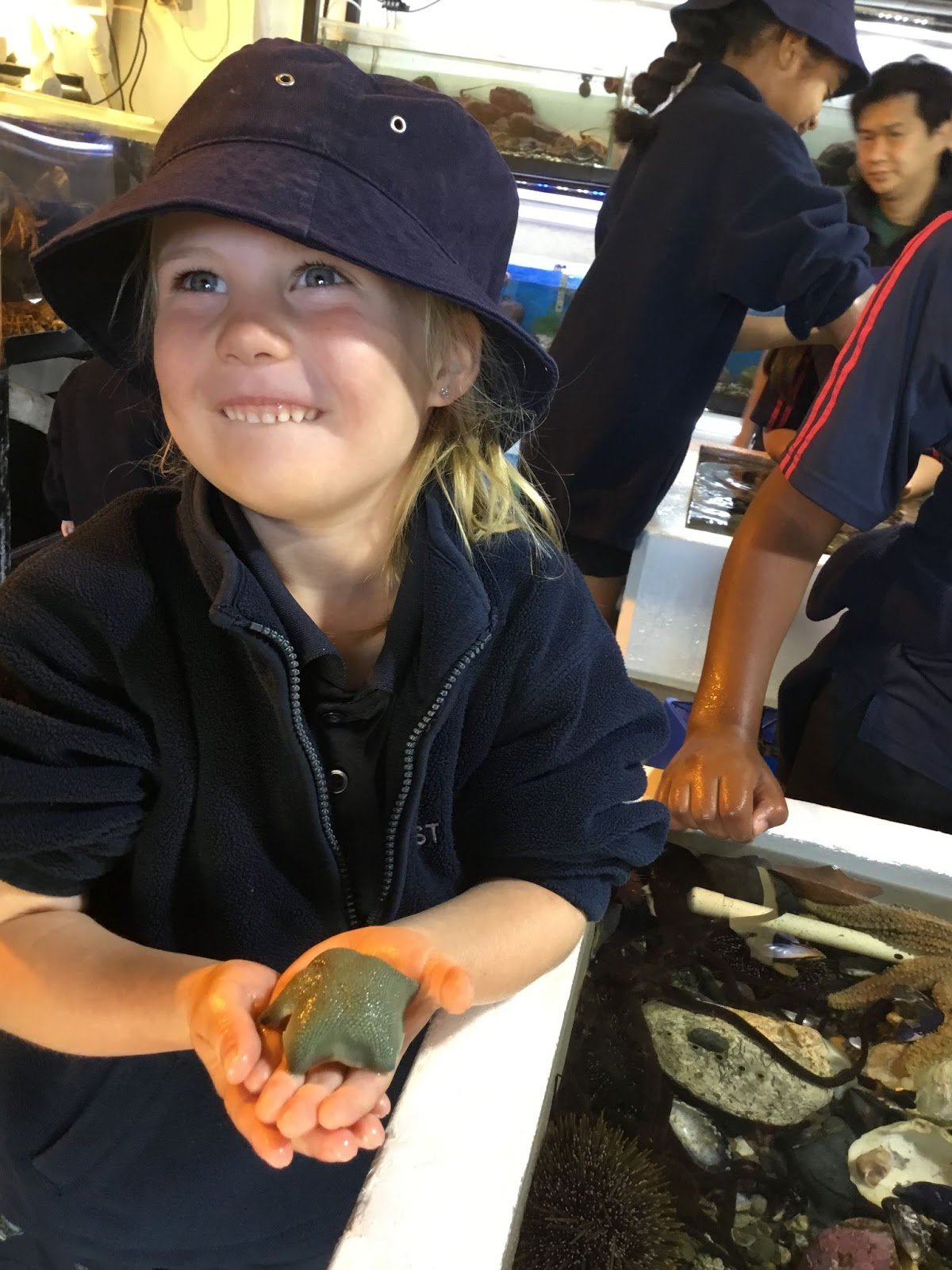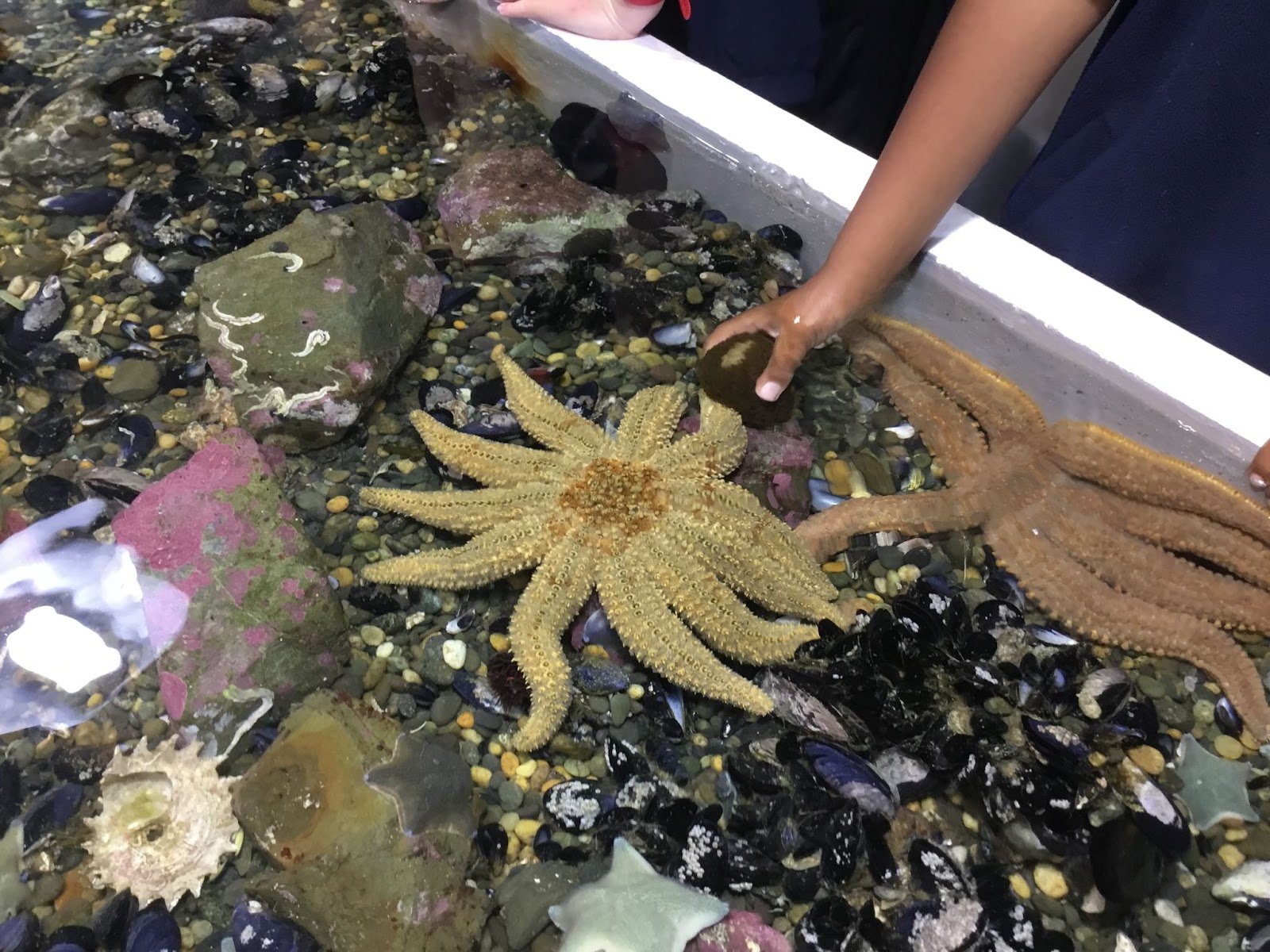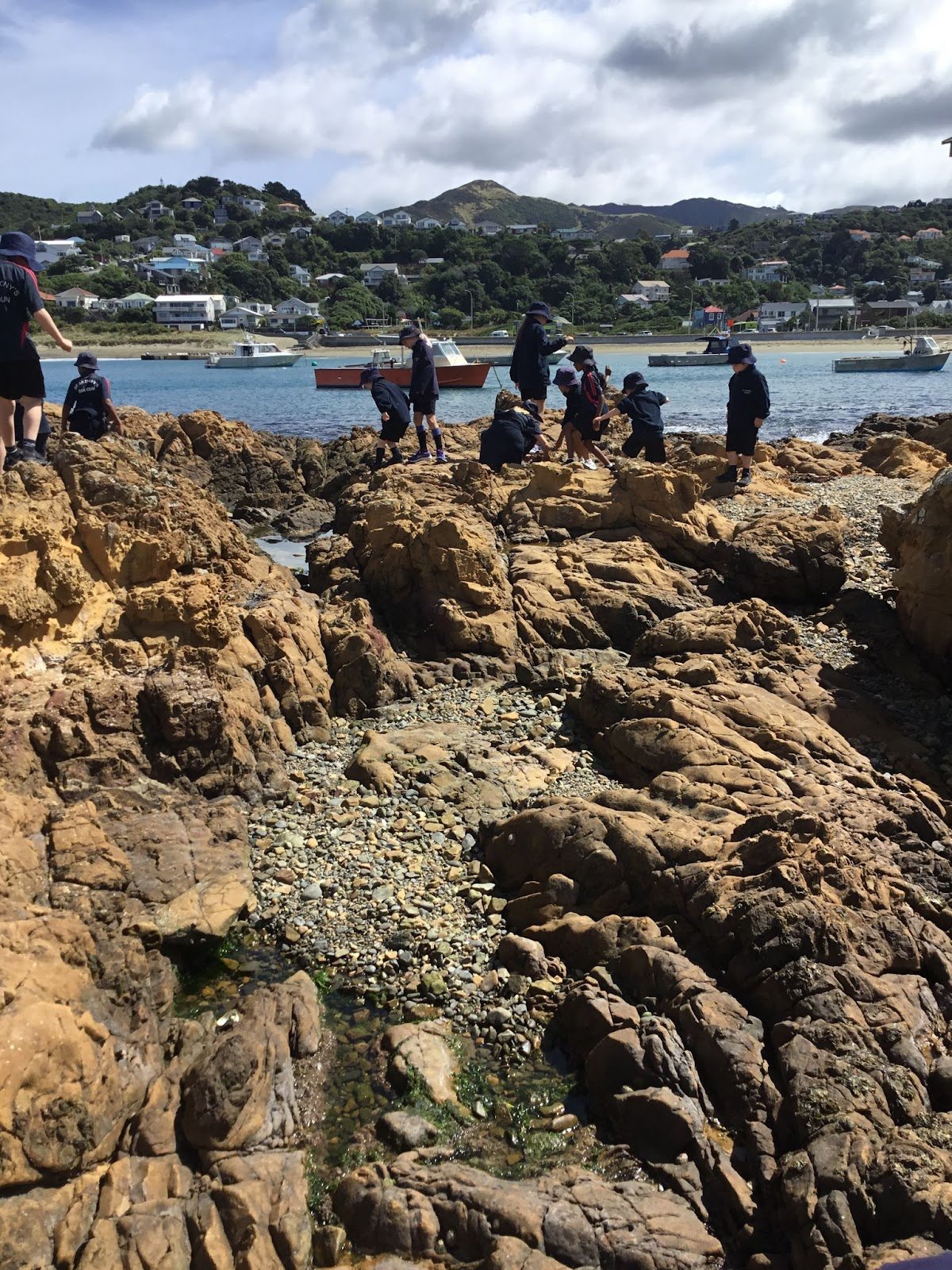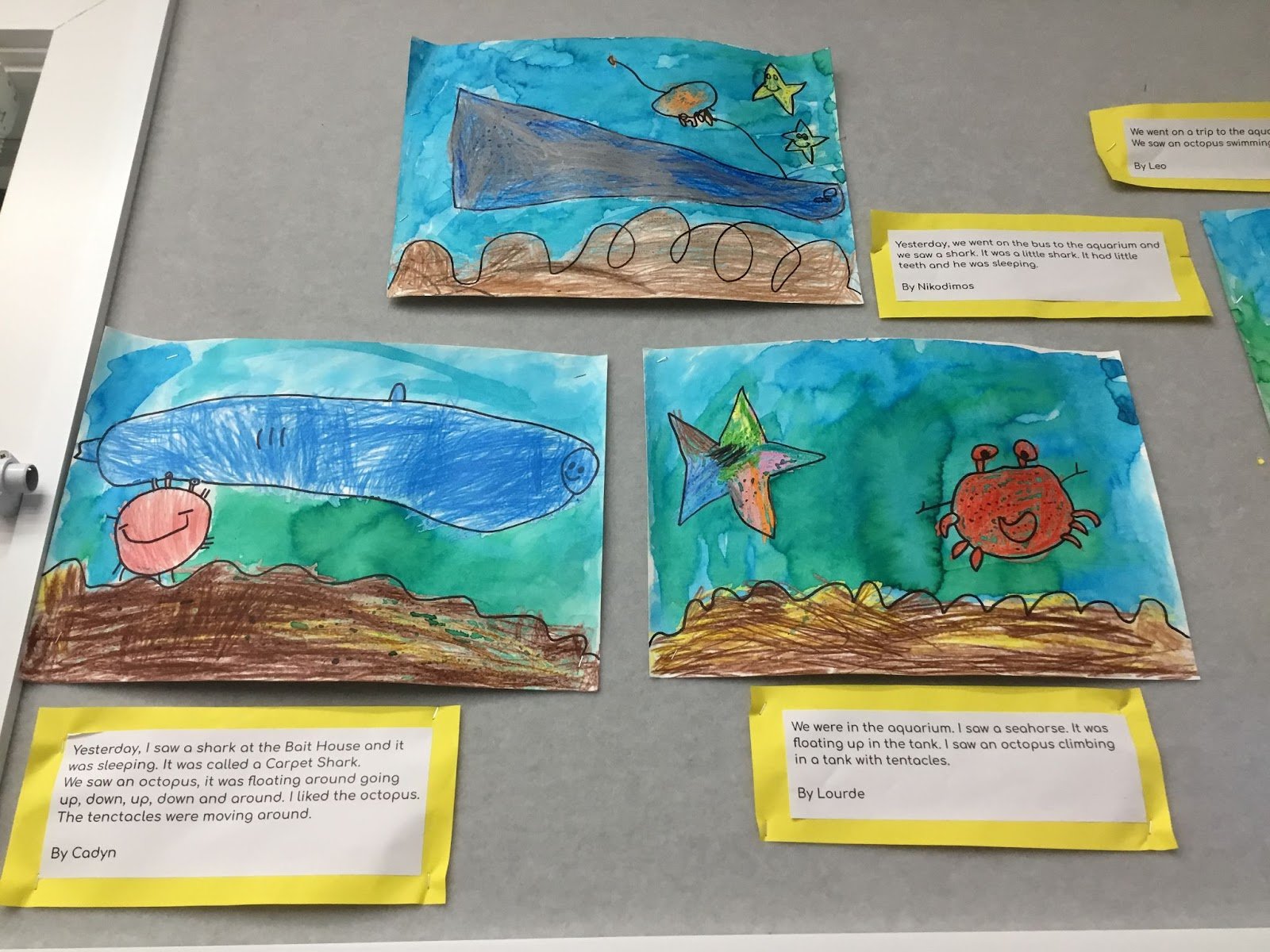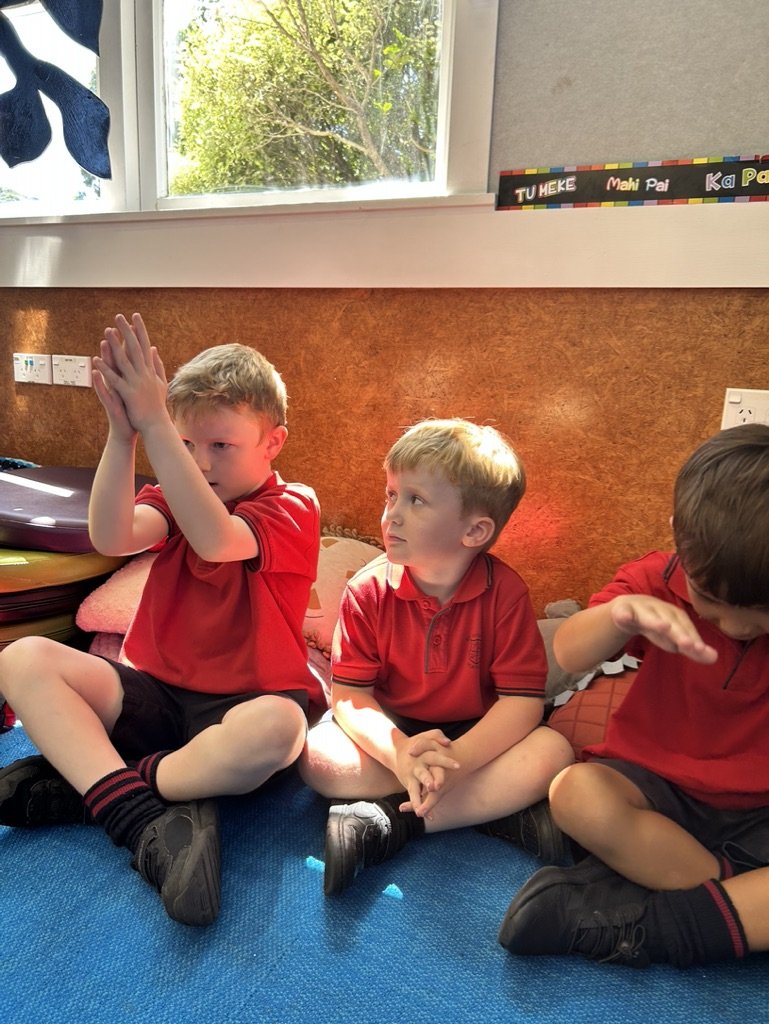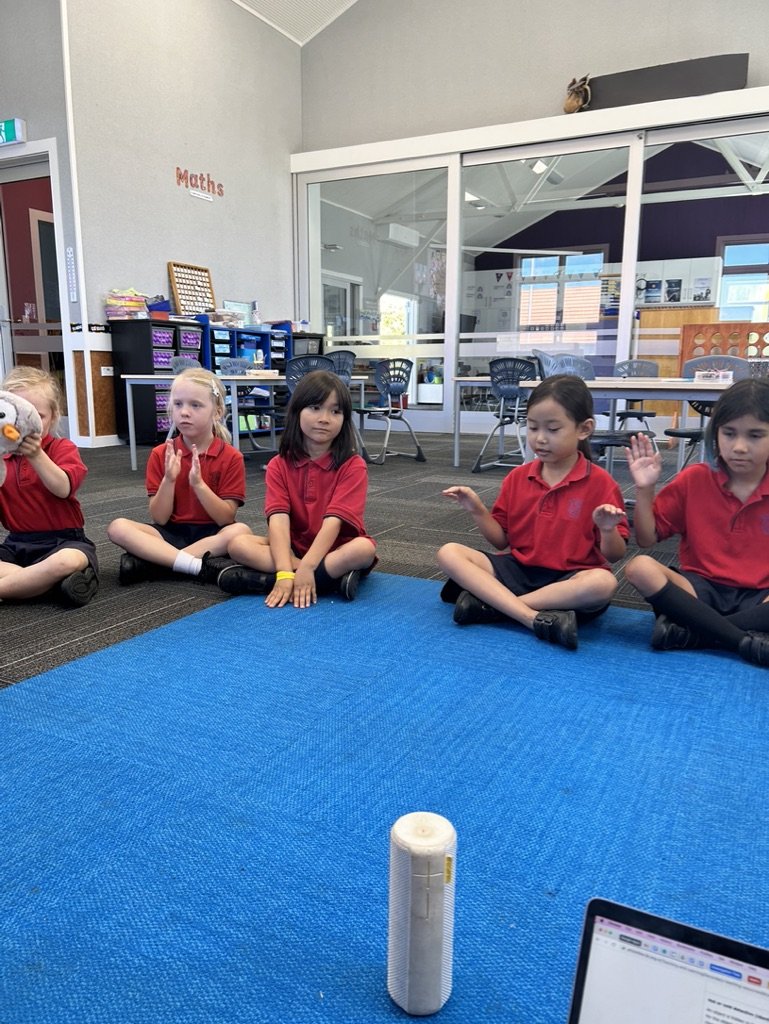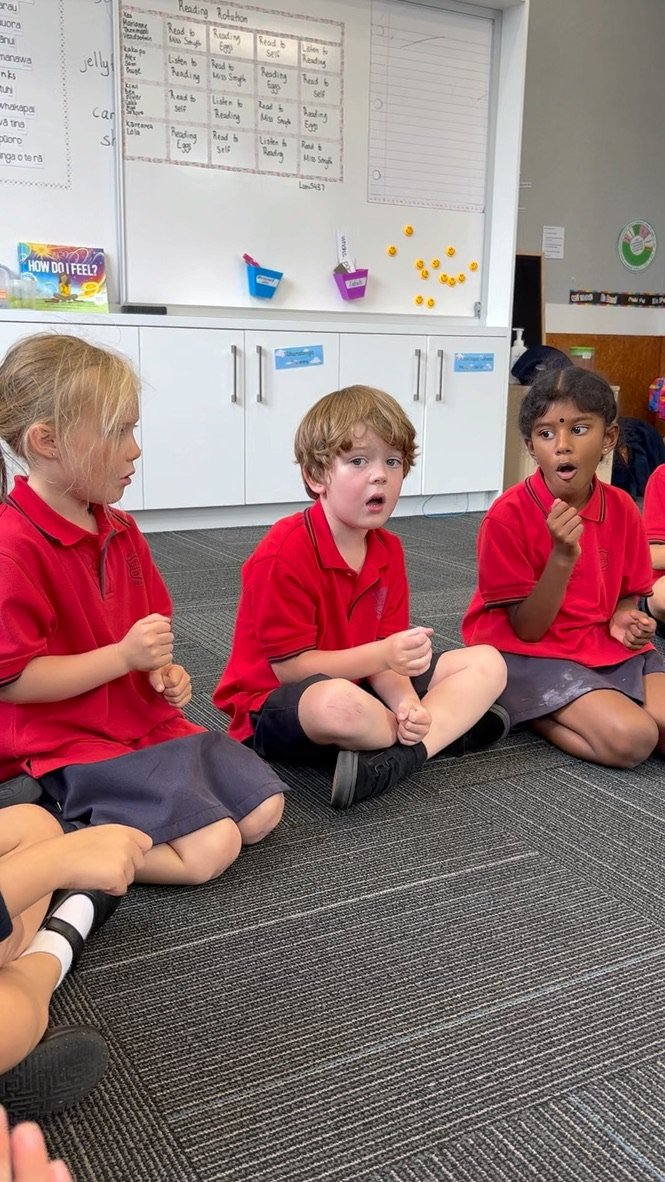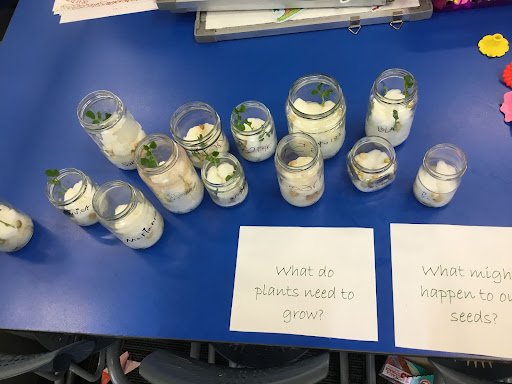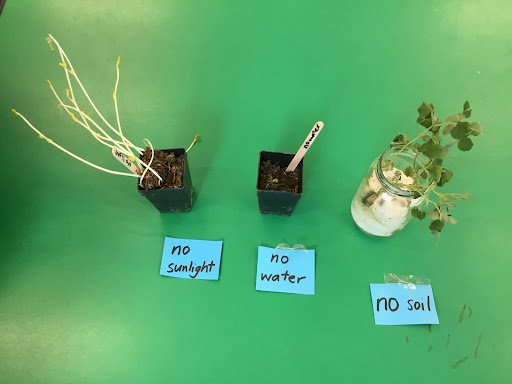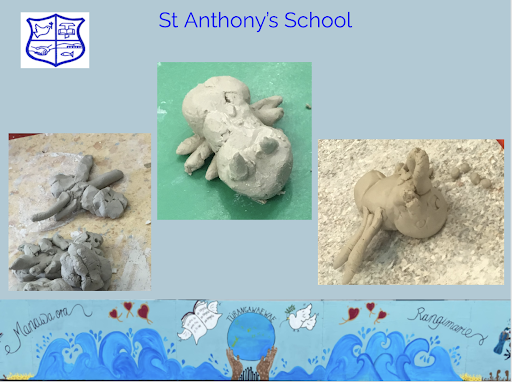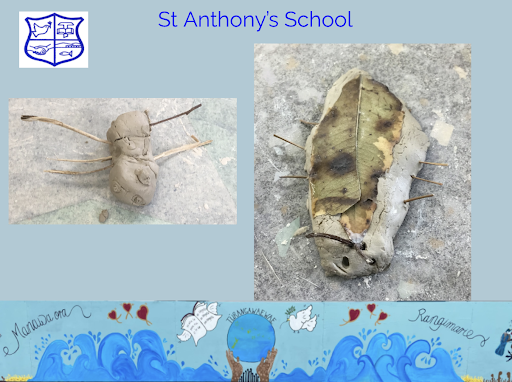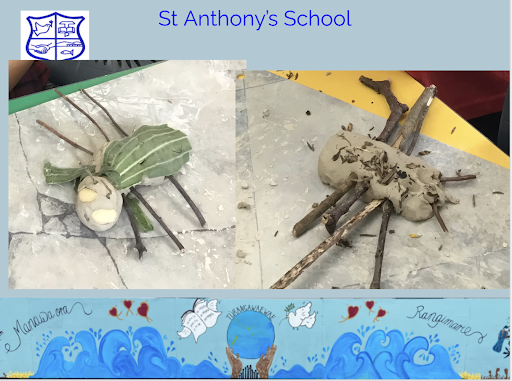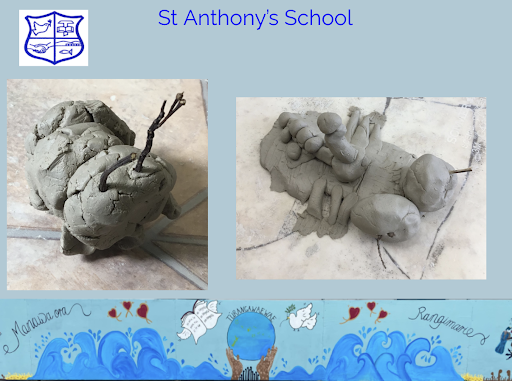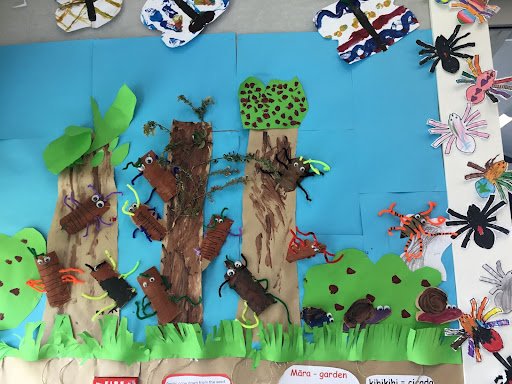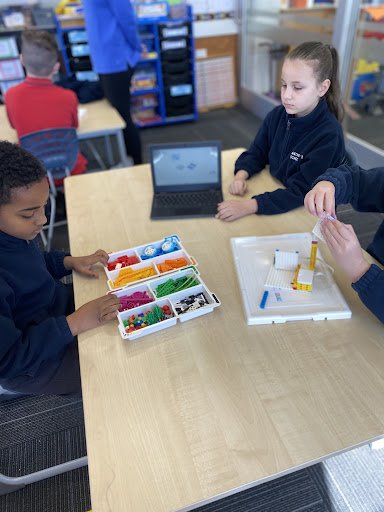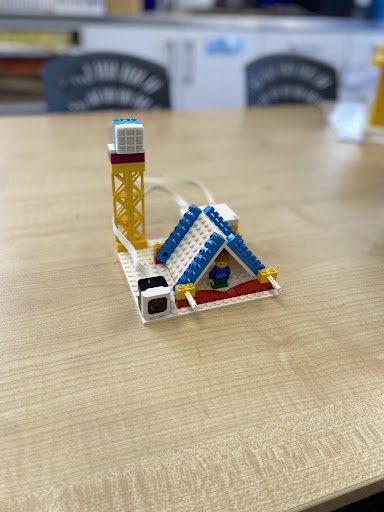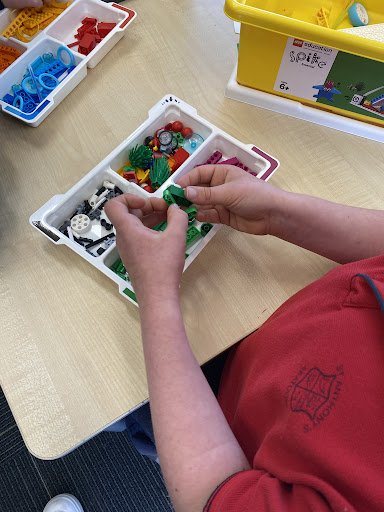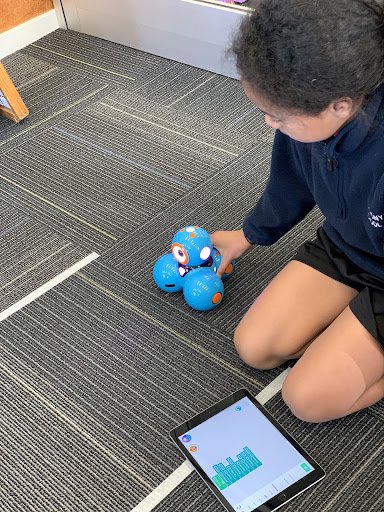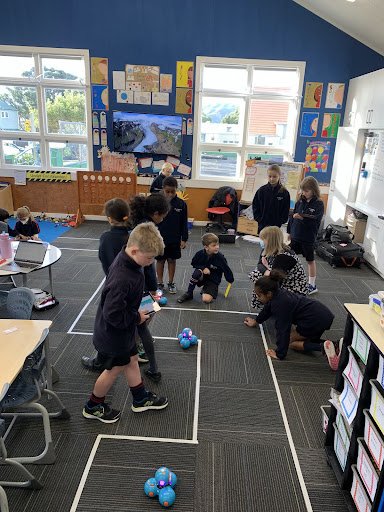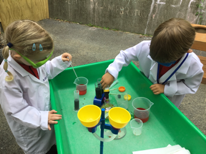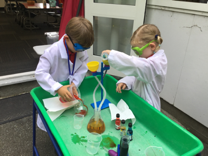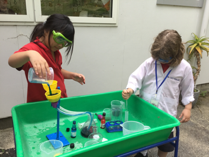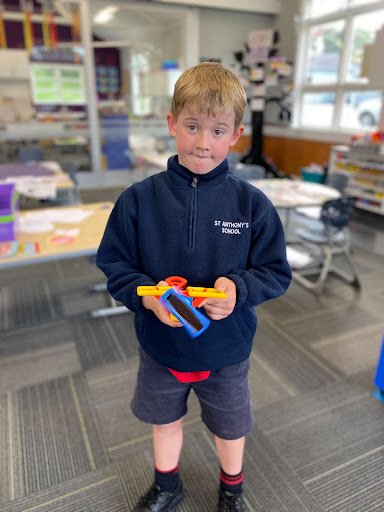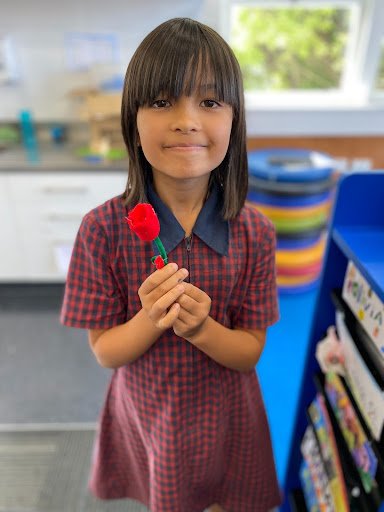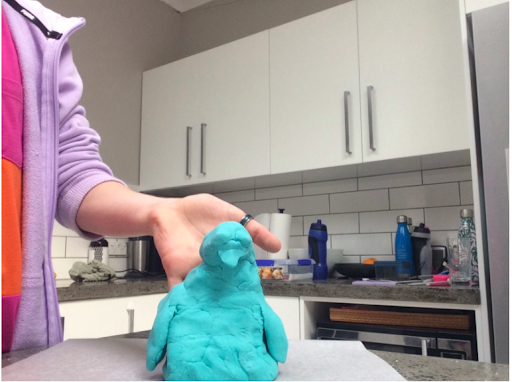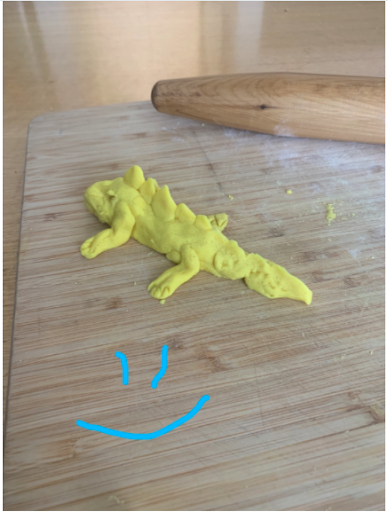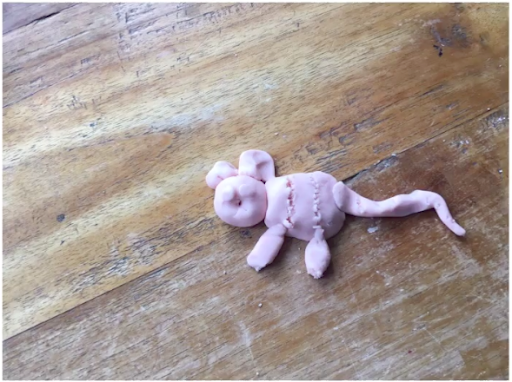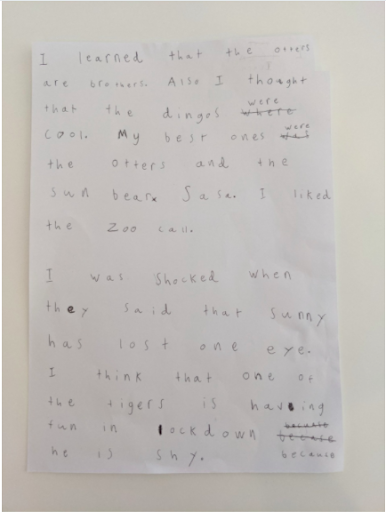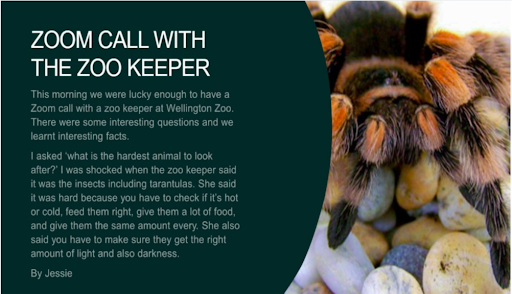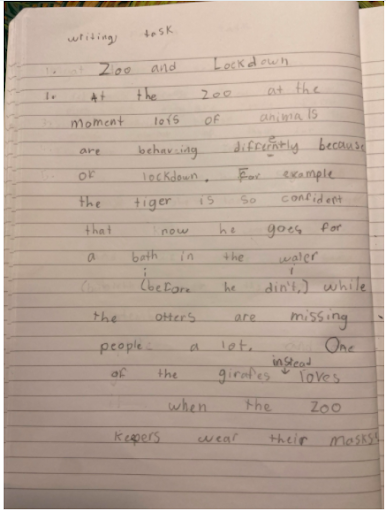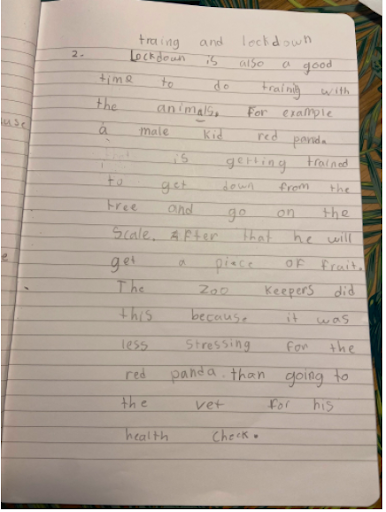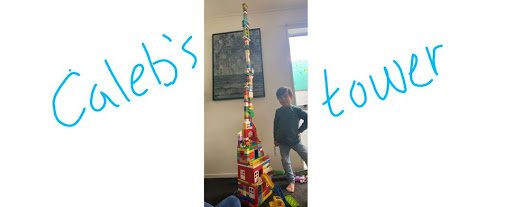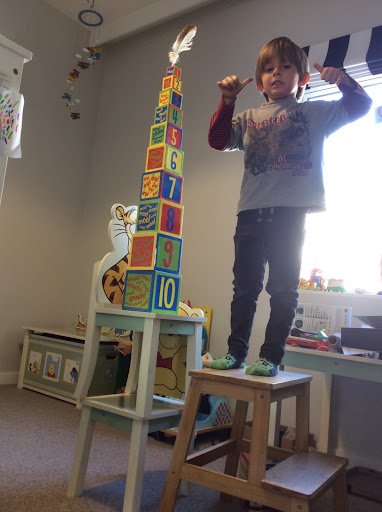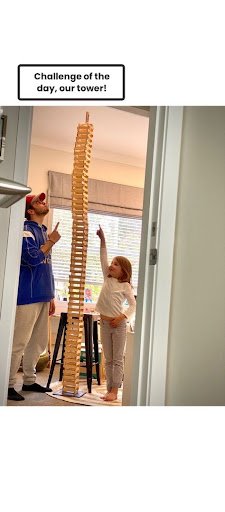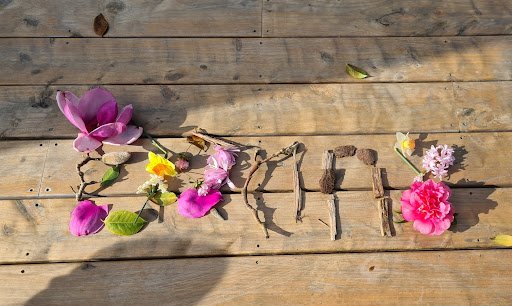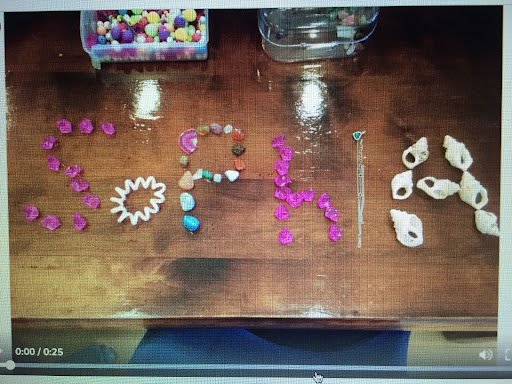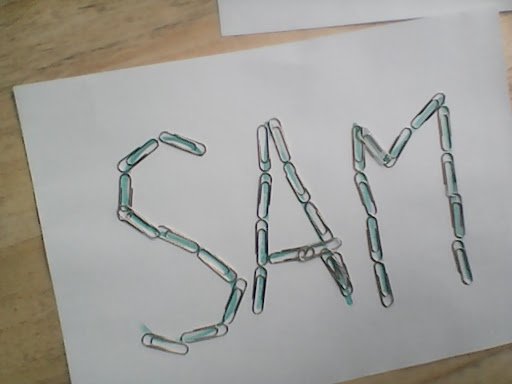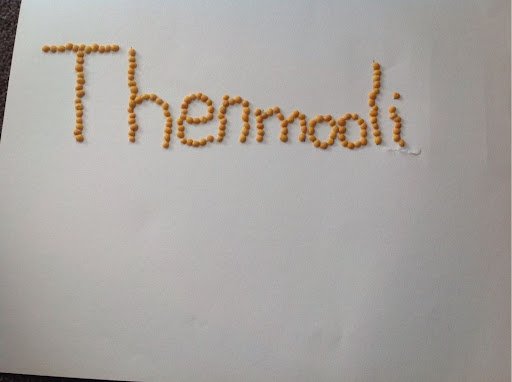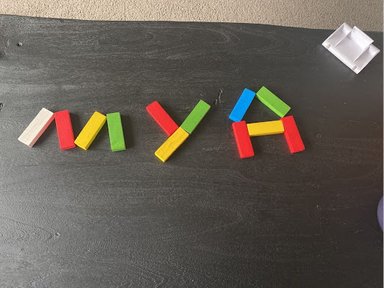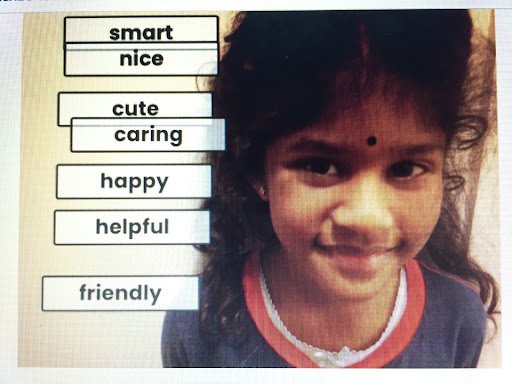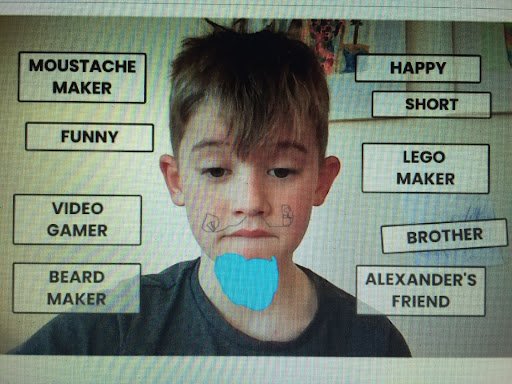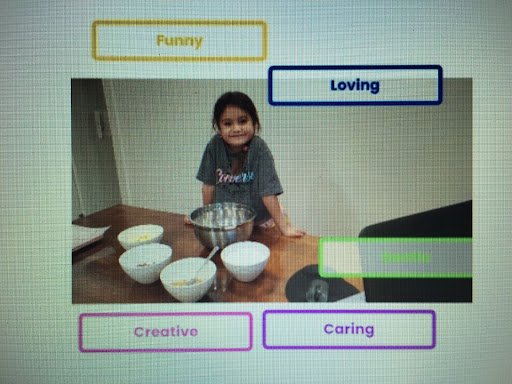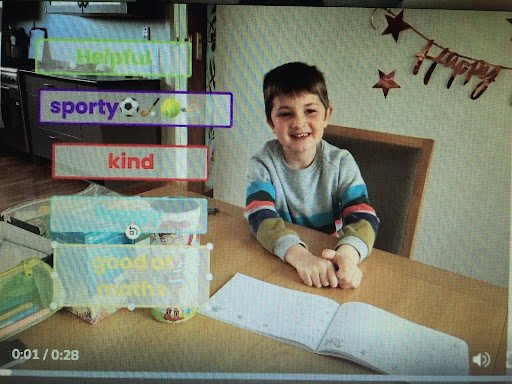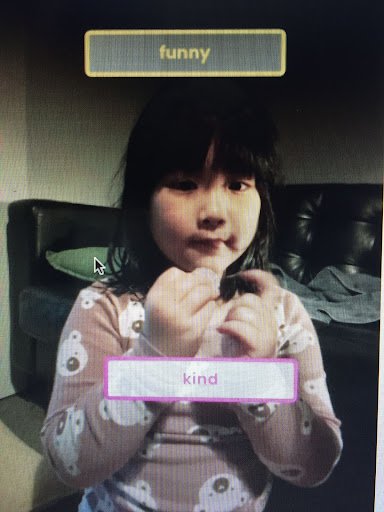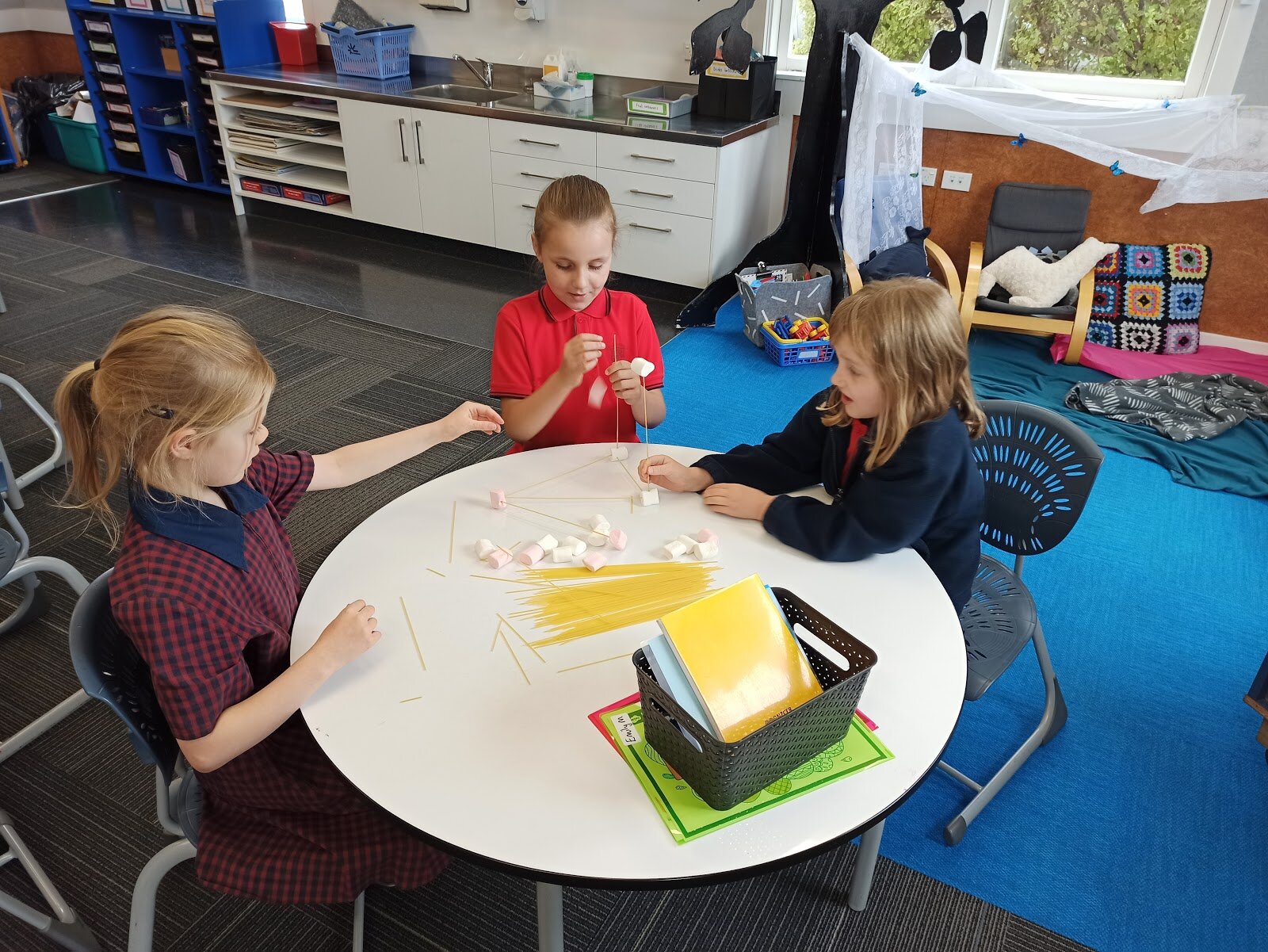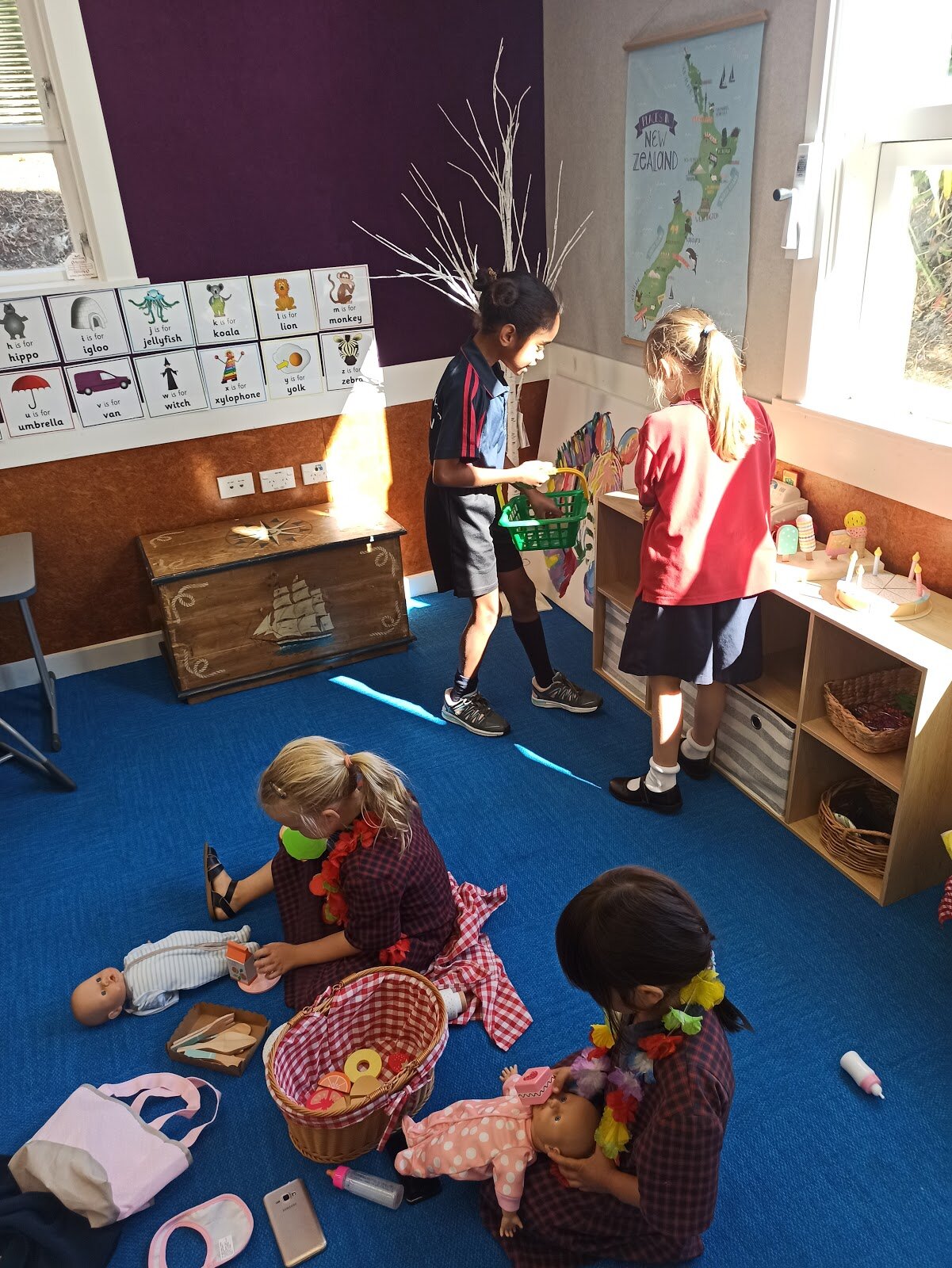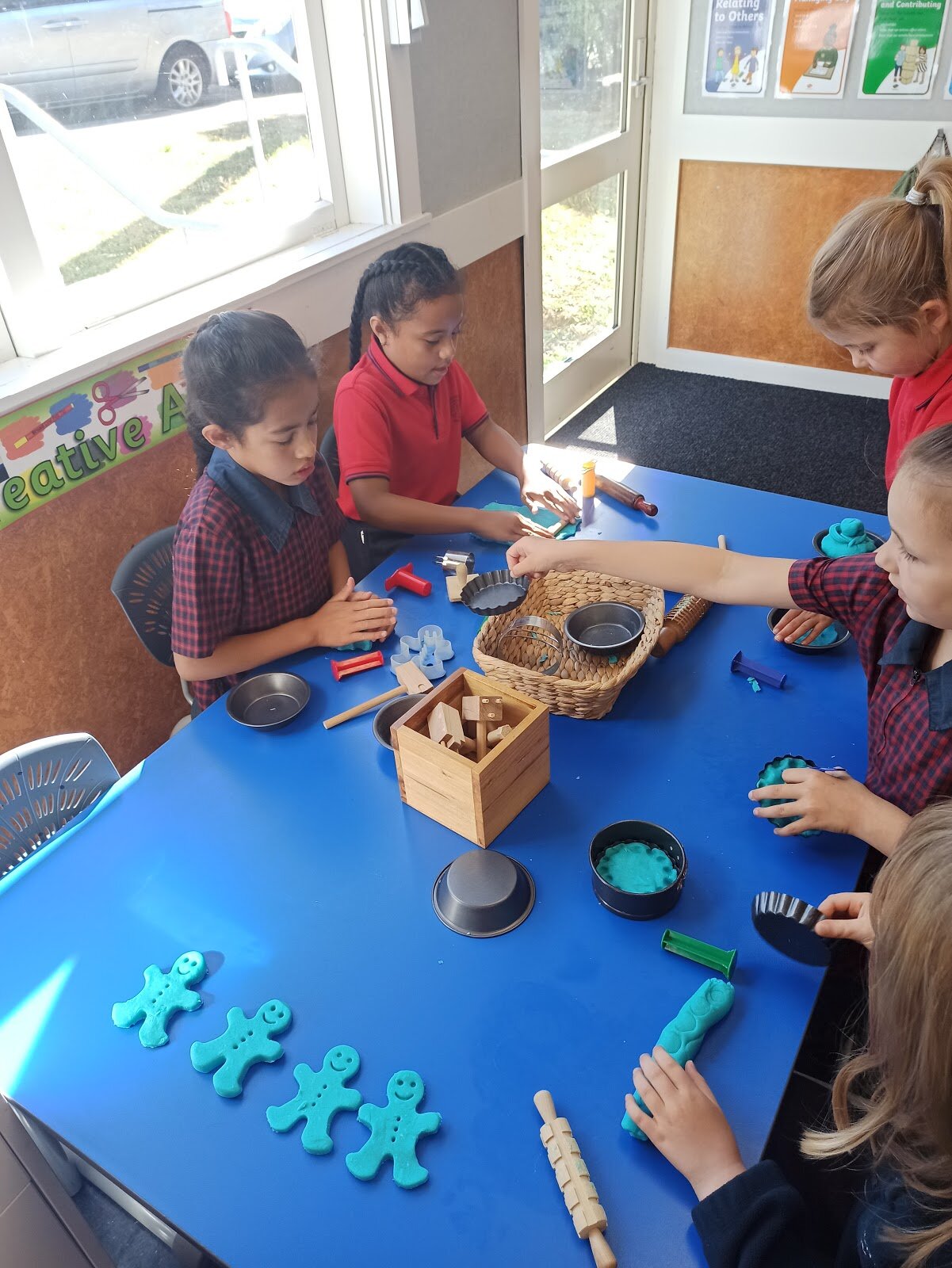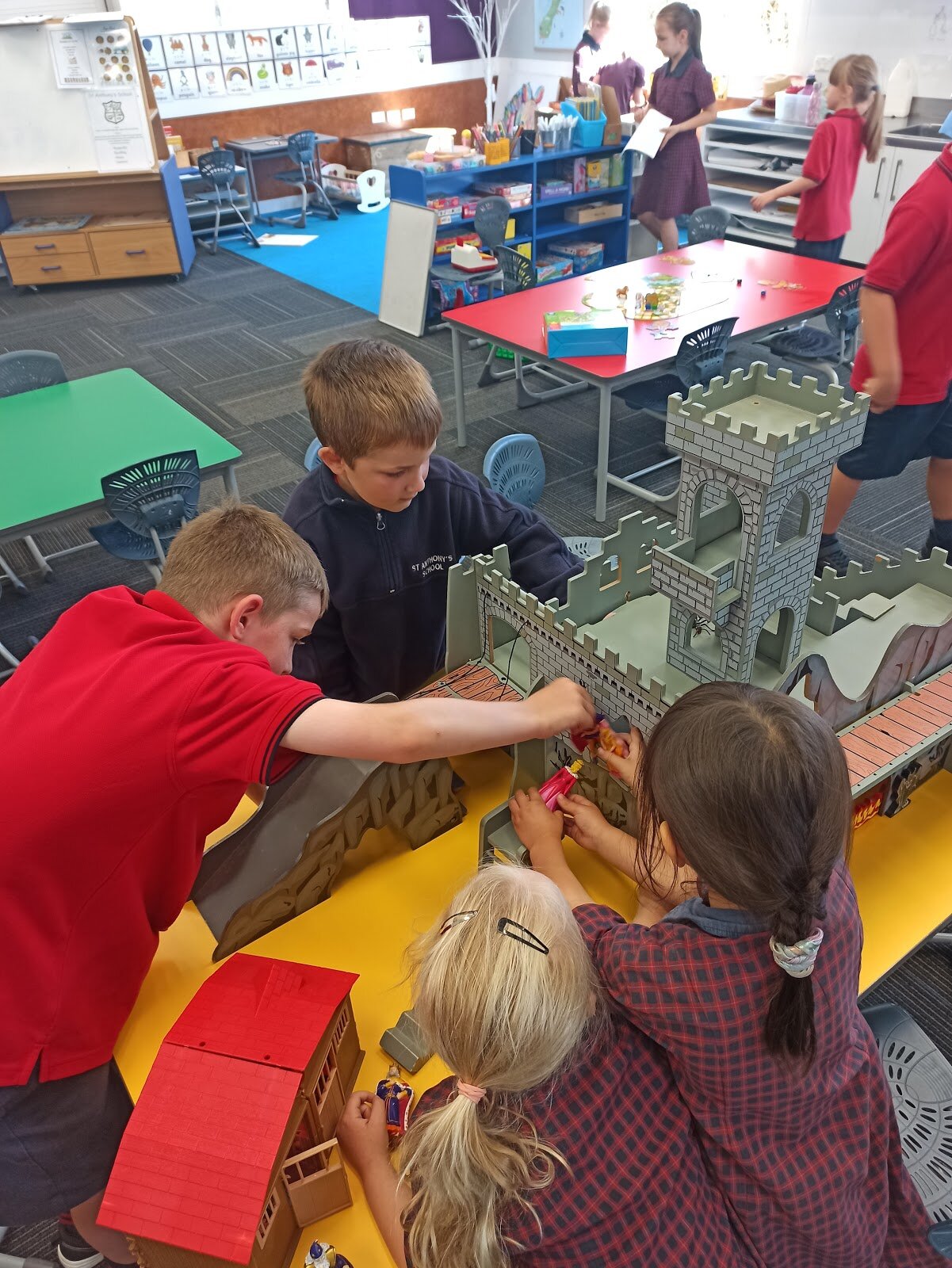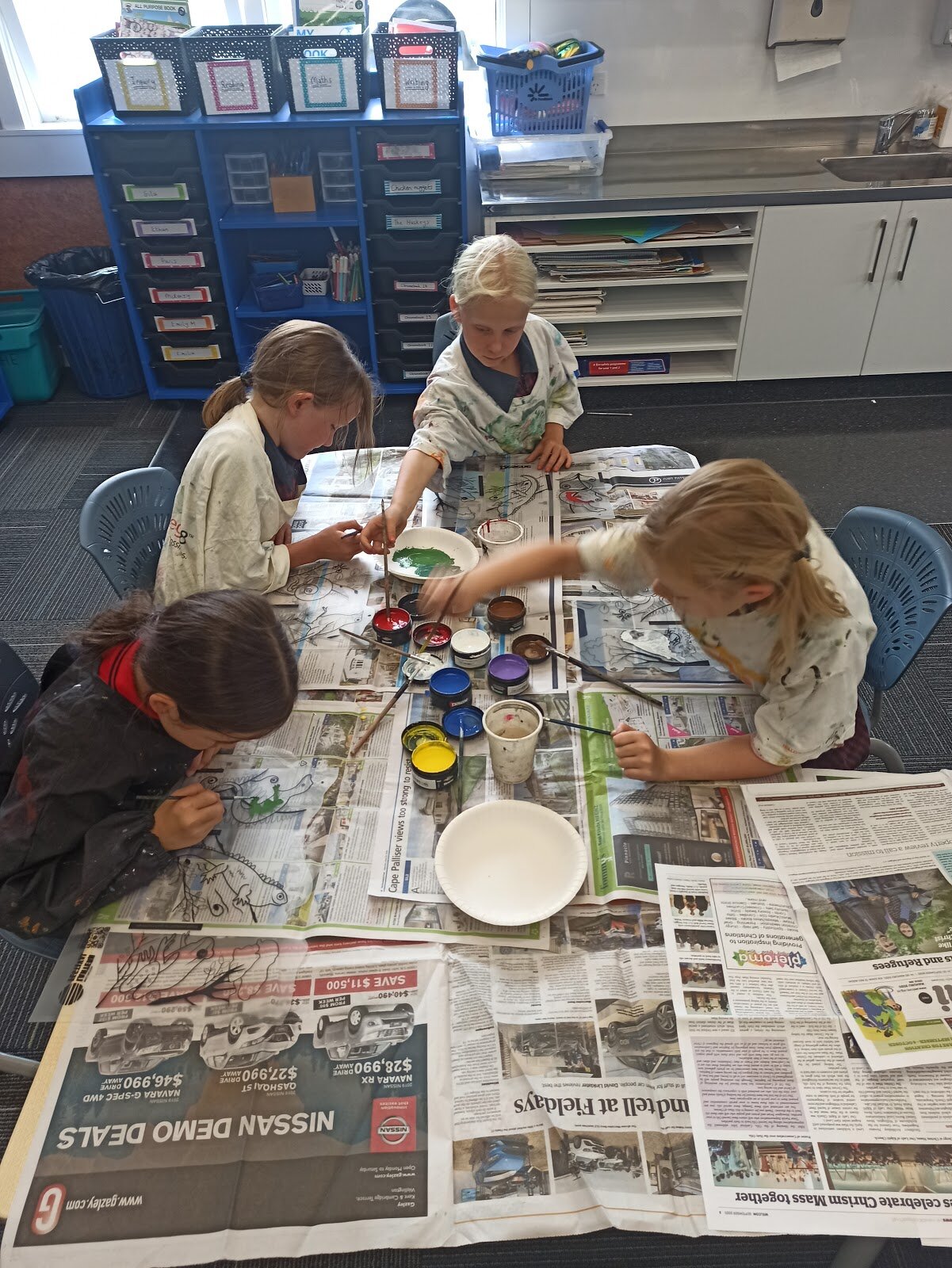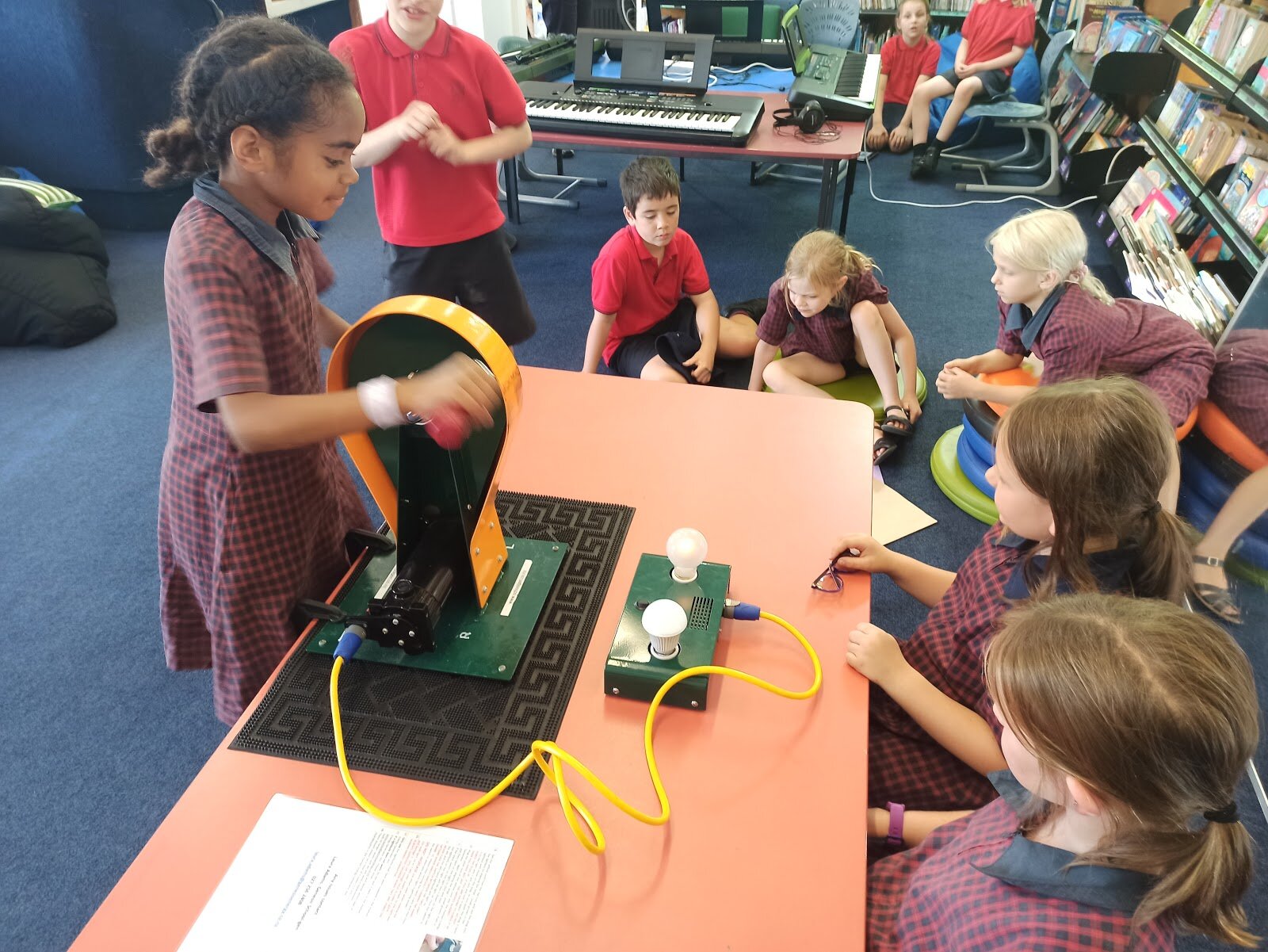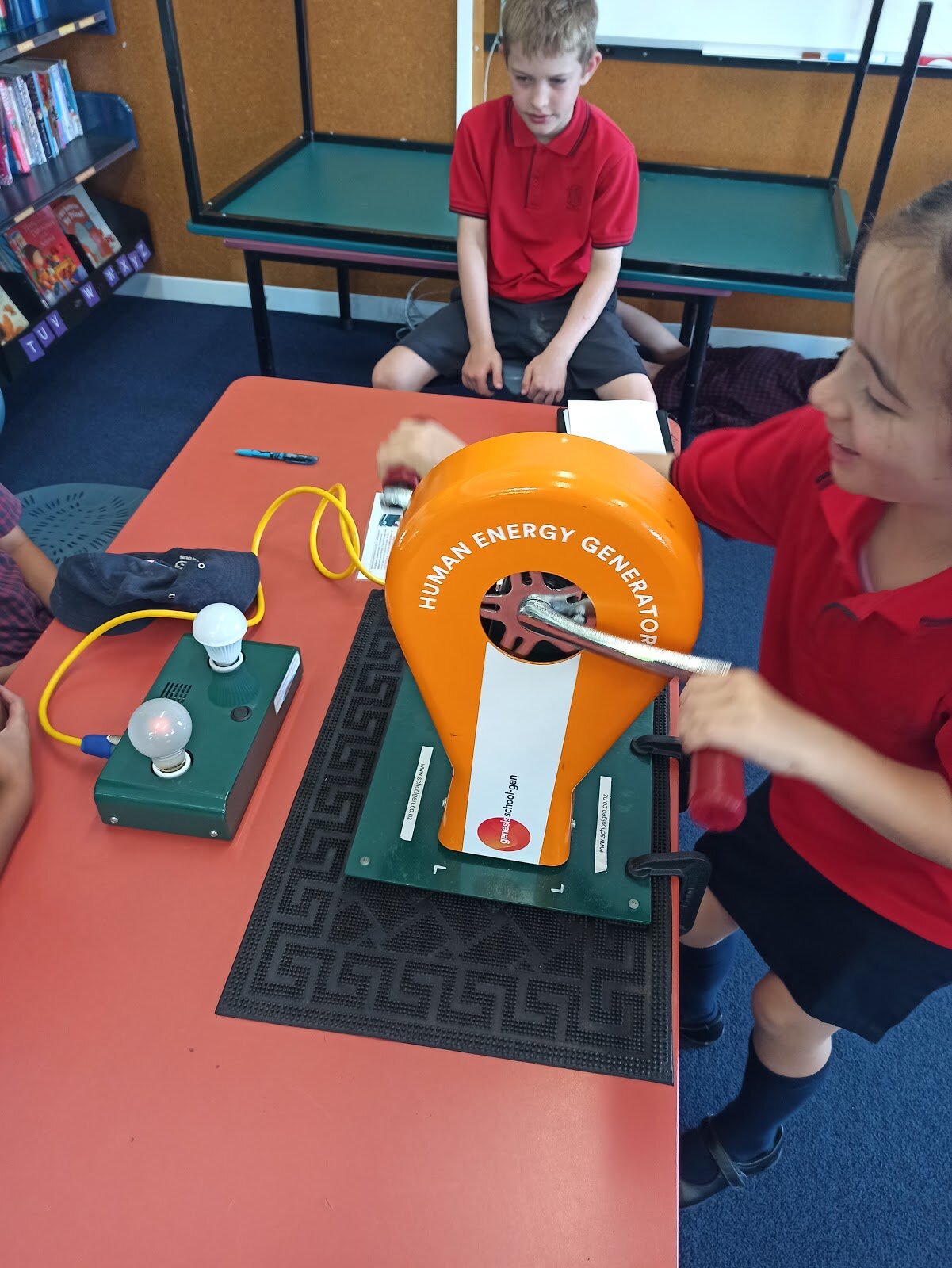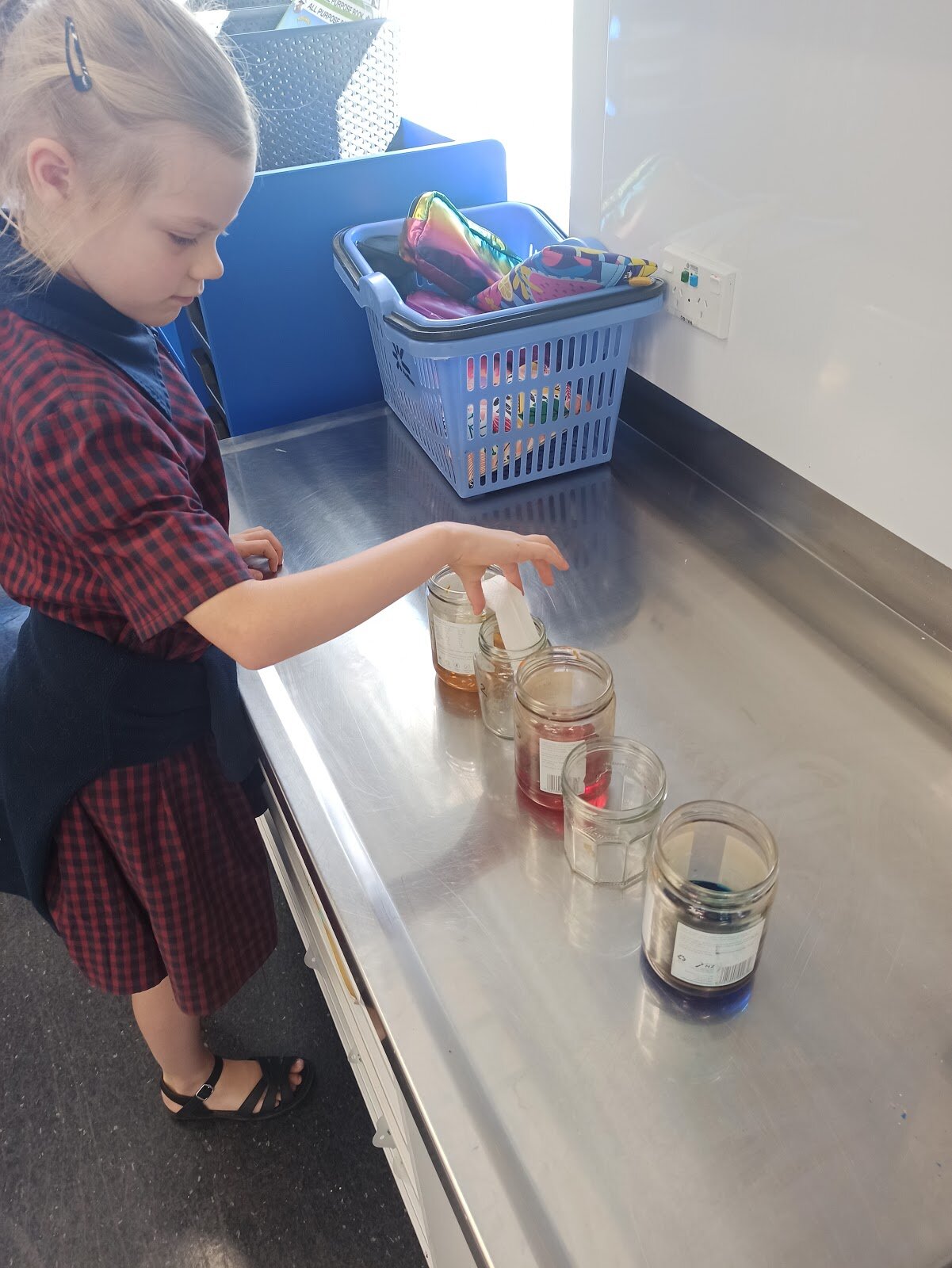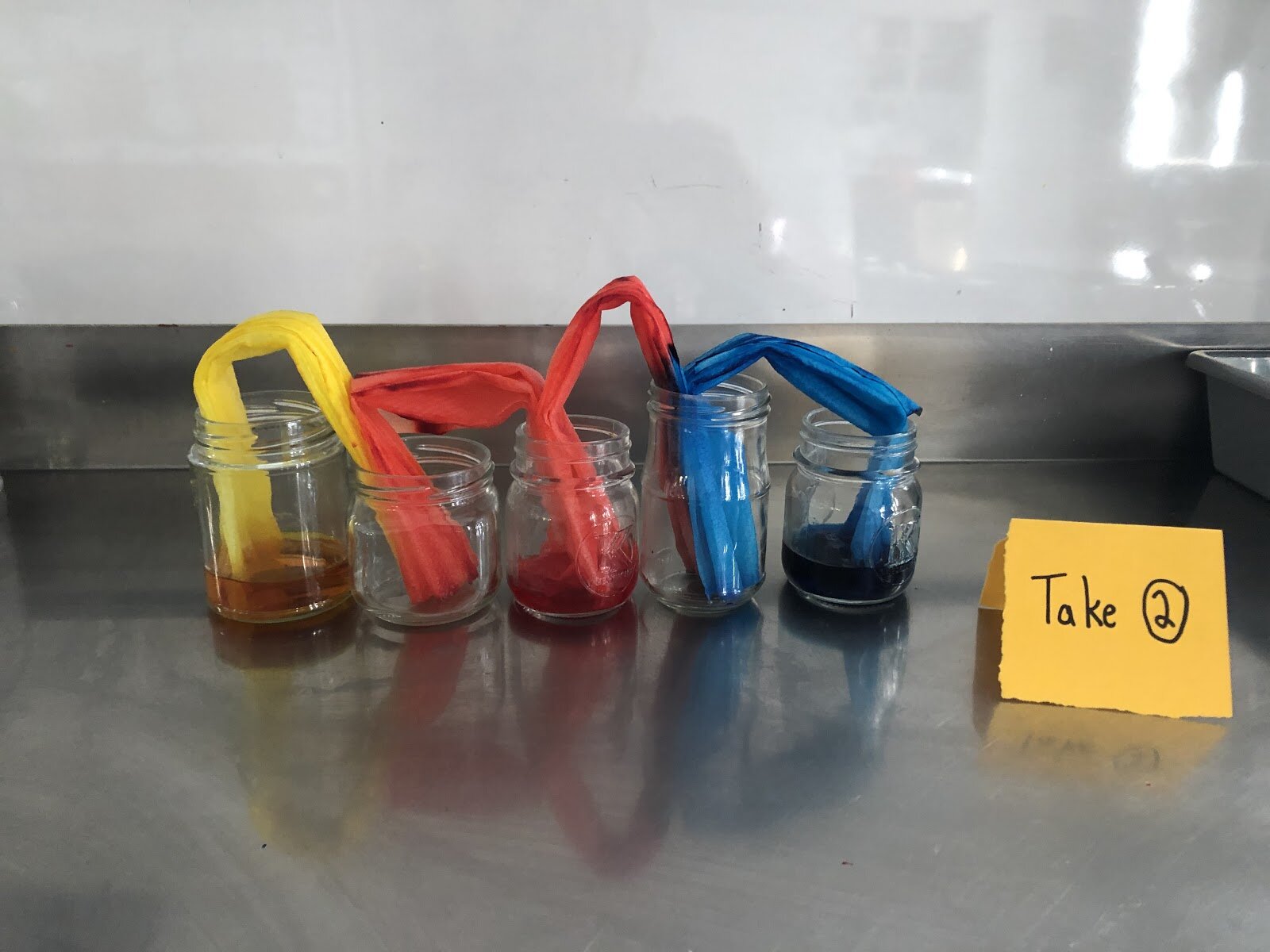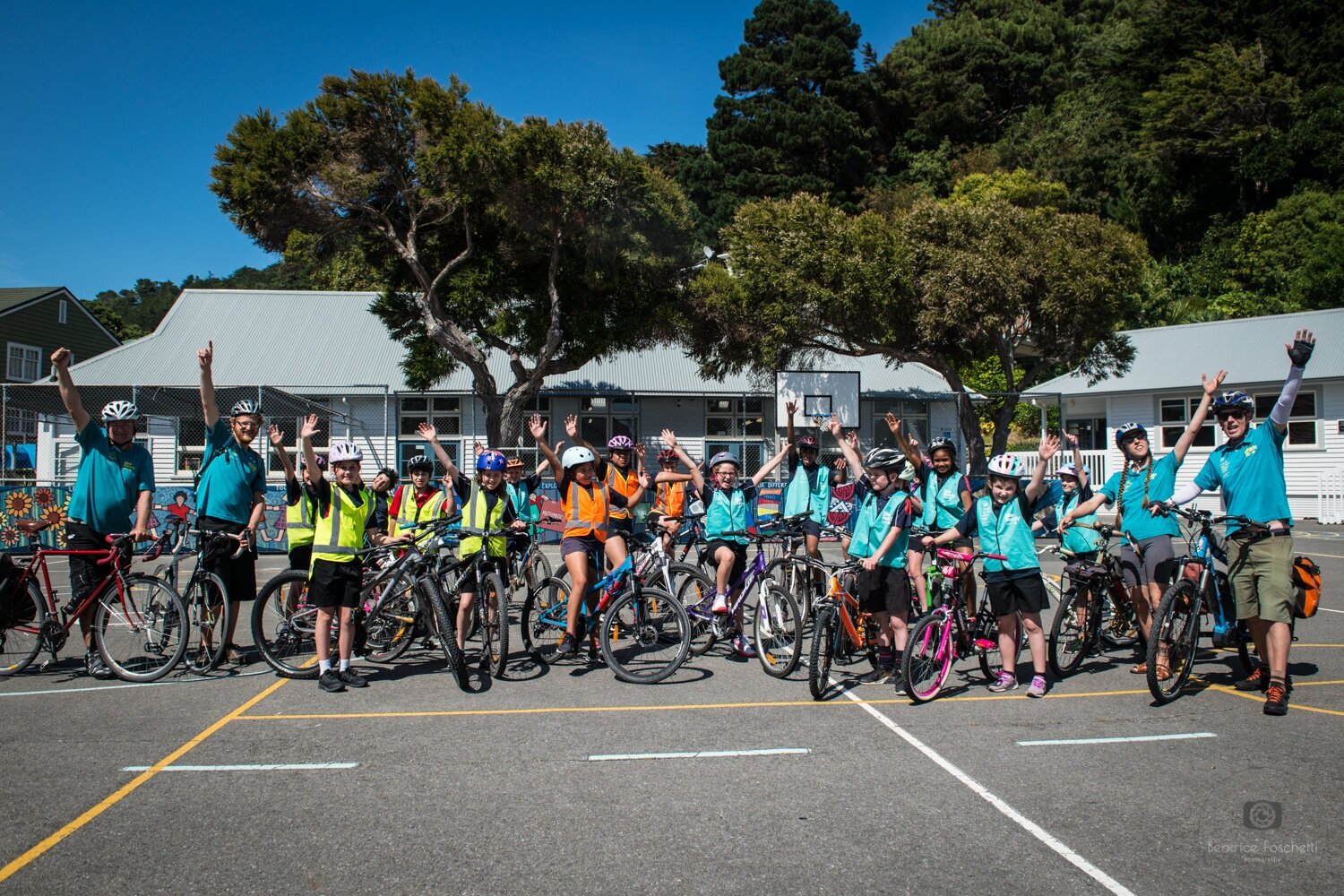He Atawhai - Learning In Action
He Atawhai 2024
Term 1
Using quality children’s books to explore different aspects of literacy and literature has been an engaging and hands-on experience in terms one and two. When reading The Gruffalo, we used polymer clay to create the many characters in the story, paying close attention to their specific features. The same was applied when looking at the main setting for the book, resulting in some amazing creations! We also used Blue-bots to retell the story by coding the robot to each character in the order they appeared.
He Atawhai 2023
During Term One, the whole school experienced a wonderful learning opportunity at the “Island Bay Marine Education Centre”. Our Inquiry focus of “The Power of the Ocean”, lead us to discover which creatures lived where on our rocky shore and why. The children were very inspired to show their learnings through art and literacy.
Literacy
Our students are encouraged to build their letter/sound and word knowledge through a combination of structured literacy activities. Here the children have changed initial and final sounds to create word families which are then combined in sentence work..
Music
He Atawhai had an amazing time exploring different aspects of music in Term 1. We started this off by using dance to demonstrate the change in tempo or volume and trying out different ways to show the differences- even when they were not so obvious! Then, the students began to learn how they can be an instrument through using their voices to create different sounds and using body percussion. We were all able to carry on different beats at the same time creating some really cool patterns!
He Atawhai 2022
Te Ākau
Big Question: How can we enjoy, appreciate and responsibly use God’s creation?
We began learning about how to care for the land, what we can do as kaitiakitanga, what native animals and plants we share Aotearoa, New Zealand with and their importance.
We had a wonderful trip to ignite our curiosity in the first week of term to Zealandia.
From there, our wonderings lead us to explore ‘How seeds grow’ and to find out ‘Who are the minibeasts in our backyard?”.
Cadyn - The seeds the roots grow down and the flowers grow up . The leaves grow for the sun.
Caleb - A plant starts off with the seed, then the roots go down to try and find food in the soil. Then a little shoot and this germinates. And, then the leaves come out. The stem holds plant. The leaves catch the sunlight, they use it to grow.
Ben - First, it starts as a seed, then the roots go into ground to hold the plant and suck up water. Then a shoot goes up. The leaves capture the sunlight to help the plant grow.
Learning about Minibeasts
Paige - They are insects. Wētā are cave or tree wētā. They have 6 legs and they have long antennae. They have a nest in the trees or cave. The female lays eggs and hatch in spring time.
Marianne - Cave wētās can jump 3 meters. Some are Tree wētā. The female has a long pointy thing on the back for laying eggs. The male wētā has pinches. They like to have a walk and eat at night.
Lourde - Wētā can live in cave. They look like spider. He have long antennae. They have sharp pincers.
Olivier - Wētā is an insect. It has 6 legs and 3 body parts. The female wētā has an that looks like a stringer to lay their eggs. And, male wētā have pincers at the back like earwigs. Tree wētā have stripes on them. They live in the trees. Cave wētā have long legs. They can jump 3 metres. Their heads are very big. Wētā come out at night time. They are nocturnal. Their predators are stoats, rats and kiwi - they are all nocturnal. x
Te Awa’s Experience With Coding Dash and Lego.
Te Awa has been enjoying experimenting with coding our Dash robots. We have had lots of opportunities to grow our understanding of how coding works and how to debug when a problem comes up. We think we are ready for the challenge of testing out our aim with our Dash launchers later on this term! We also had the opportunity to test out some Lego coding kits which included making tents and movement detectors.
Colour Mixing and Making Potions in Te Ākau
Te Ākau had a lot of fun with a new science resource. We started with colour mixing. First we predicted what colour two different primary colours would make. We had many different answers and it was fun to see if our predictions were correct. This then lead onto lots of discussion about what other colours we might be able to make and eventually ended up with making potions. Thankfully we had a couple of child sized lab coats to protect our uniforms when there was a sizeable spillage and safety goggles to protect our eyes – just like a real scientist!
“I made colours with food colouring and water. Some of the water spilled.” - Mya
“I really, really liked pouring the colours into the funnel and then it went down the hose and into the pot.” - Lola
Te Awa’s Investigation Time creations.
During Investigation Time, Te Awa has been exploring our arts and crafts supplies and new Mobilo. We are working on seeing what we have and using this as inspiration for what we can make out of it. We were also very lucky to be given a new set of Mobilo! This included a solar powered helicopter and we have been experimenting with what other vehicles we can make out of it.
He Atawhai 2021
He Atawhai is the Year 1-4 learning space this year. We love to use our space to learn and explore through play and creation.
Distance Learning
During distance learning, we were lucky enough to have an online session with Wellington Zoo, where we learnt about what goes on there during lockdown. Our host Claudia talked to us about looking after the different animals, specifically under the themes of food, enrichment, water and shelter. We then came up with some creative responses, including written recounts and making animal sculptures from homemade playdough!
One of the Te Ākau challenges during home learning was to build the highest tower we could without it falling down. Here are a few examples of the towers the children in Te Ākau made at home.
Another challenge was to create our names using loose parts from either inside or outside. Here are some of our loose parts names.
Another home learning activity for the children in Te Ākau was to take a photo and use adjectives to describe themselves. Here are some examples of their fantastic work.
During Samoan Language Week the He Atawhai hub participated in many different activities. It was amazing to celebrate the beautiful Samoan culture and we learnt many new phrases in Samoan. We created beach scenes from Samoa using sand and natural materials found in our playground to create sand saucers. We also had a special guest, Lesi who is Sophia’s Mum and Jessie’s Aunty. She introduced us to a traditional Samoan story, taught us a new game and provided a delicious lunch of sapa suey and rice. It was so delicious that many of us had seconds and thirds!
We have continued with our weekly Discovery sessions and the children have been so busy creating and learning through many different activities. The children even created a restaurant where they each had different roles. They had menu designers, customers, waiters/waitresses, a chef, a cashier and a restaurant manager. They also invited Mrs Johnson, our Principal, to come to the restaurant as a special guest.
Each week all of the juniors come together for a shared session, taking part in a range of activities that encourage everyone to explore their passions while using and learning different skills.
In He Atawhai we have many budding artists and have loved taking on some art projects to start the year, including making and painting our own lanterns to enter into the Wellington Lantern Festival!
We have already been busy with some scientific investigations this term. As part of our Inquiry we have been exploring ‘Kaitiakitanga’ and were so excited when we received the Human Energy Generator from School Gen to find out more about saving energy and researching the difference between types of light bulbs.
As part of our procedural writing unit we carried out a ‘Travelling water’ activity, writing up the equipment needed and the steps we carried out as we worked. Throughout the day we kept track of the results and it was amazing to see the colour mix as the water moved through the tissue paper!
Prior to 2021 the He Atawhai block was the learning space for our senior syndicate. Read on below to see some of the amazing things our Year 5-8 students enjoyed while using this space.
He Atawhai 2020
STEM learning in He Atawhai
In He Atawhai we do lots of STEM activities to help us explore our Computational Thinking and Design for DIgital Outcome learning. We are often given challenges to complete and need to work collaboratively to help solve them.
Micro:bits
For inquiry we have been learning about Sea Turtles. First we started noting down things about them like what they eat, where they live, what they look like and more. Then we started to study their threats and what is being done to reduce them. We noticed that one of their threats are predators such as humans and animals. But plastic and boat strikes are dangerous too. Then we studied the hatchlings and their threats. One threat for hatchlings are obstacles in the sand (when travelling to the ocean) animals and beach lights. We found out that hatchlings travel in the direction of the moonlight but the beach lights put them off course. So by using a micro:bit we made lights to support them on their way.
We found out that micro:bits can help us with learning and protecting the turtles. We looked at the United Nations (lots of countries working together on the same goals to make the world a better place) and saw the 17 goals they want to complete. Happy oceans was one of them, this includes clean oceans with lots of animals and safe spots.
Alina Year 5
Pedal Ready
On Tuesday, February 11, people from Pedal Ready came to teach us some skills for our bikes in 1st-grade Pedal Ready. We got into groups and did some fun games with bending and turning and staying in straight lines. We learned how to signal. We also did safety checks and learned how to brake fast and were to put your hands on the bike when you ride. We also learned parts of our bikes.
In grade 2, we had to go on the roads. We would get a quick recap to check what is loose on our bikes by lifting our bikes and dropping them to hear what's loose. We kind of had an alphabet which the letters were “A” for Air, we would check our air in our tyres to see if they needed pumping.”B” for Brakes,we would test the front wheel breaks and our back wheel.”C” for chain, we would check the oil on the chain. “D” was for Directions, we put the wheel between our knees to see if it goes out of control or if it’s good and steady. We also checked our helmets.
Then we went for a snake ride around the court where you just follow each other in a line and then we went out the gate and rode around in a snake ride around Seatoun. We also stopped at some intersections to see what we do when a car is coming from the left or right or straight. And we did some stop signals and came to the footpath. Then we rode down to the park one of the days and got to play for a bit to rest and then hopped back on to ride to different places.
Some places we rode really far but some of them were fun because we got to go down a hill and it was pretty worth it. We did pedal ready grade 2 for two days. It was really fun on the roads.
Zoe, Year 6
Whānau Feedback
I have had the pleasure of taking Seamus Og and Isabella out for a bike ride today from Lyall Bay to Princess Bay and back. To say the road was busy may be an understatement however I was so pleased to see that Isabella preferred to ride on the road and was delighted to show me her newly acquired skills from the Pedal Ready course she did last week. A big 'thank you' to them and, more importantly, to you both - for organising this hugely beneficial activity. I just wanted to say this is EOTC in action - learning great life skills. Bring on the ocean next week!
Seamus Flood



